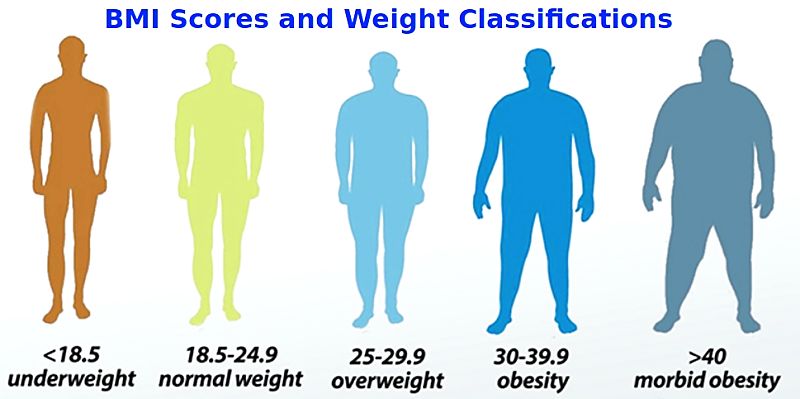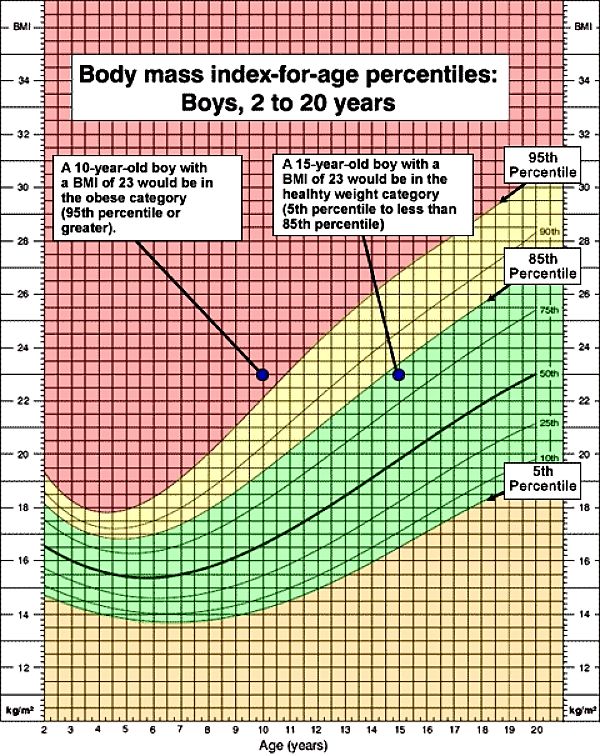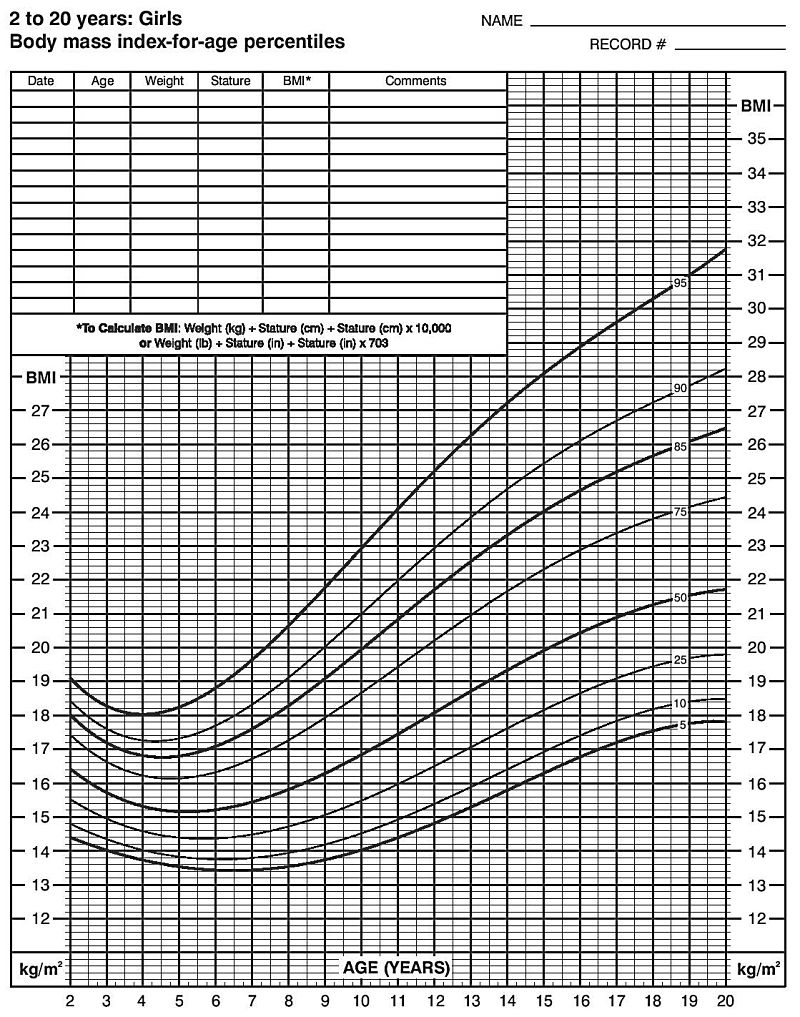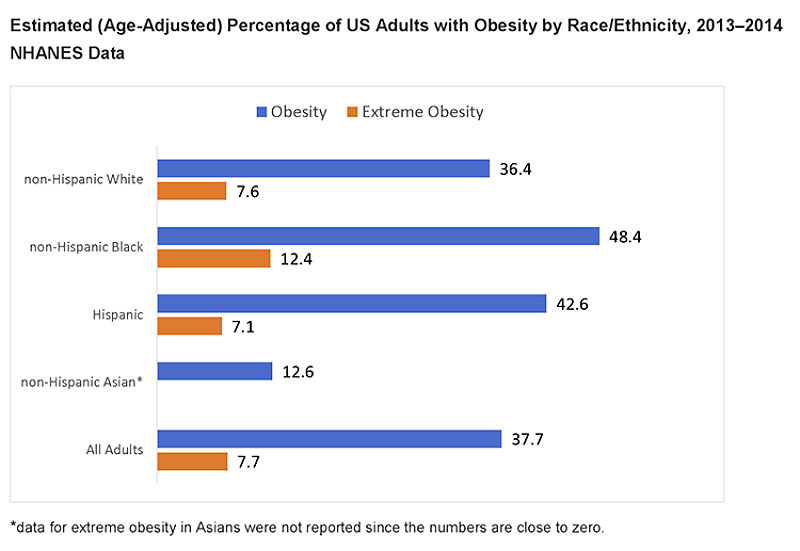Childhood Obesity Risk Linked to Father's Diet and Lifestyle
Recent research shows that the key to tackling childhood obesity is changing the eating attitudes of parents as well as children, but the attitudes and behavior of fathers is especially important.
Research published recently in the journal Pediatrics, showed clearly that parents must be pro-actively involved in changing the diet of the whole family, to ensure the success of programs to reduce childhood obesity and excess weight of children.
Even focusing on the attitudes of the parents themselves, without the child’s involvement, appears to produce better results than programs solely focused only the children.
This article reviews the research and what it means for tackling the growing problem of childhood obesity.
The charts shown below paint an alarming picture of the obesity epidemic,especially for children
See this reference for more about BMI and weight classifications in children and charts
See this convenient BMI calculator for children and teens

Review of Research on Childhood Obesity
The two-year Australian study, involved 165 overweight children, who were divided into three groups that were assigned different programs:
- A nutrition program focused mostly on parents who were directed to change the entire family’s food habits and to established healthy eating goals for all family members. The families received help from practicing dietitians who ensured that the changes were made
- An activity program focused on the children which developed exercise programs with the help physical education specialists;
- A combined nutrition and activity program which jointly involved both the children and parents.
All of the programs included professional input. Monitoring showed that all the interventions were successful with all children losing weight over the two years of the study. All of the children were expected to put on extra weight without the intervention. The professional input was the key to the successful outcome
However, the best results occurred when parents were given comprehensive advice and professional help to shift the family's diet to healthier options.
The results suggested that targeting parents was very important.
Another study conducted by Australian researchers at the University of Newcastle found that having an overweight father led to a 4-fold increase in the likelihood of the children in the family being obese by age eight or nine.
Having an overweight mum or an obese mum did not have the same outcome.
The research findings were based studies of 3000 Australian families between 2004 and 2008.
Lead researcher, Dr Emily Freeman, stated that the reason why overweight dads had such a big influence on their children's weight was not clear and needs further research.
One suggestion was that the father's attitude dictated the eating and exercise habits of the family more than the mother. The father's diet, lifestyle and attitude has a major influence on what the children ate and the children's lifestyles and level of physical activity. The father was more influential than the mother.
The fathers may be poor role models for eating and exercise, and this appears to effects the life style and eating habits of the children.
The body mass index (BMI) of the parents was significantly correlated with the BMI of the children BMI. However, there was no evidence of sex-specific associations between the parent and child BMI values. The parents attitudes equally influenced boys and girls in the family.
Two major conclusions from the study were:
- Having an overweight or obese father, but a mother of healthy weight, significantly increased the risks of the of children being obese.
- Having an overweight or obese mother with a healthy weight father lead to no significant increase in the risk of obesity
It was clear that children with obese or overweight fathers, had a higher risk of becoming obese.
This suggests that future programs to tackle childhood obesity, to either prevent or treat obesity, or to overcome excess weight problems in children, should focus on the overweight fathers.






